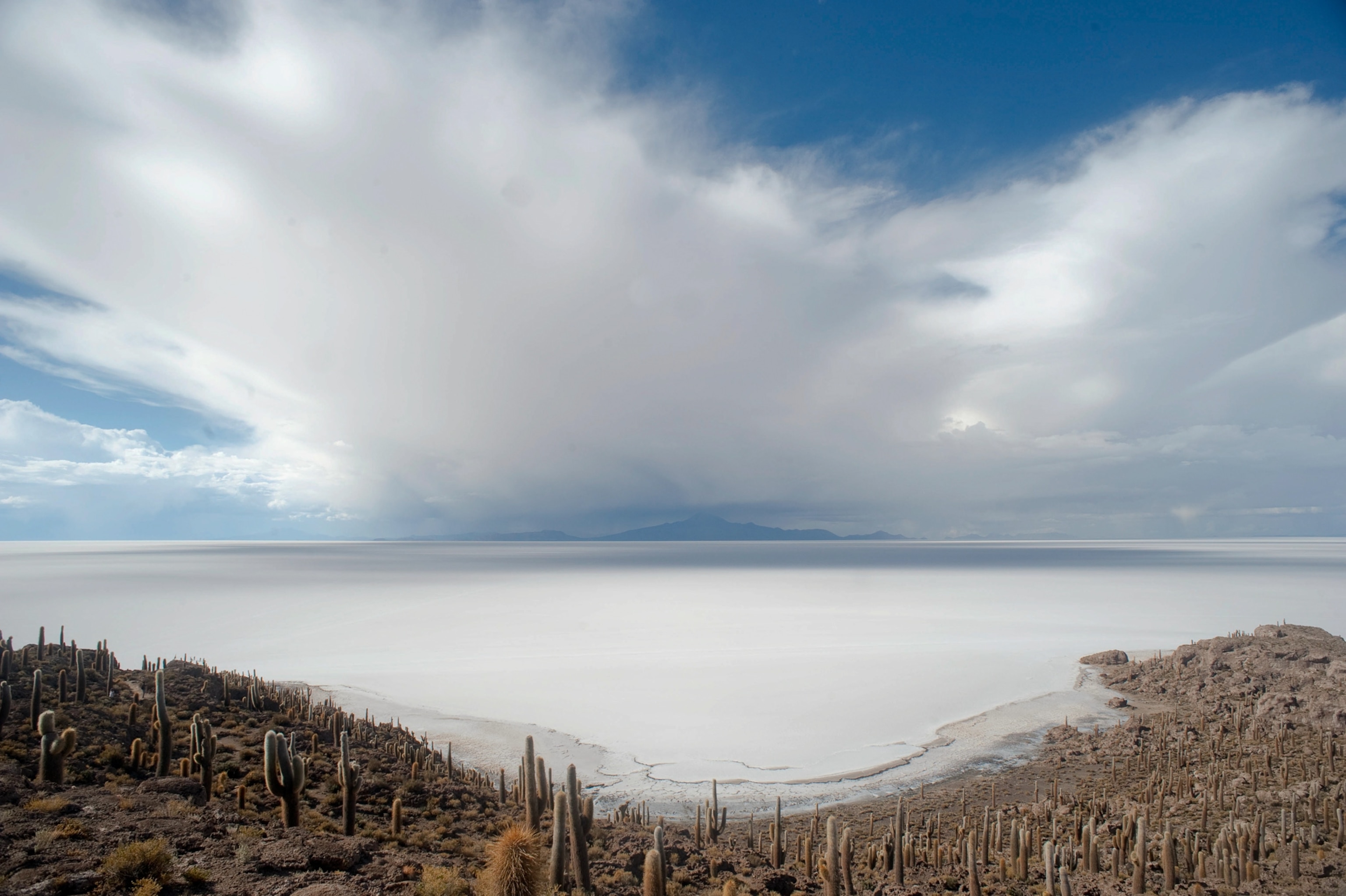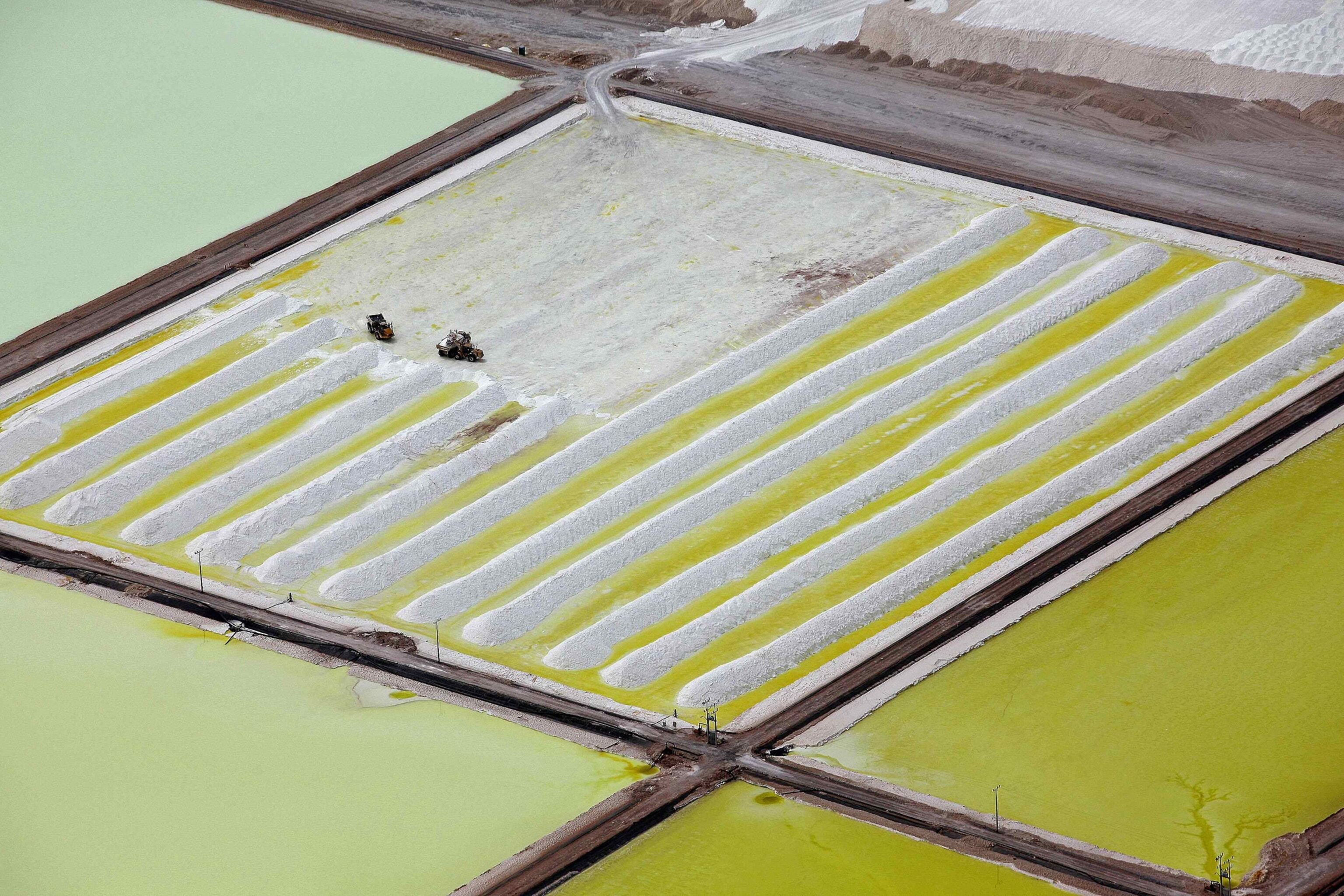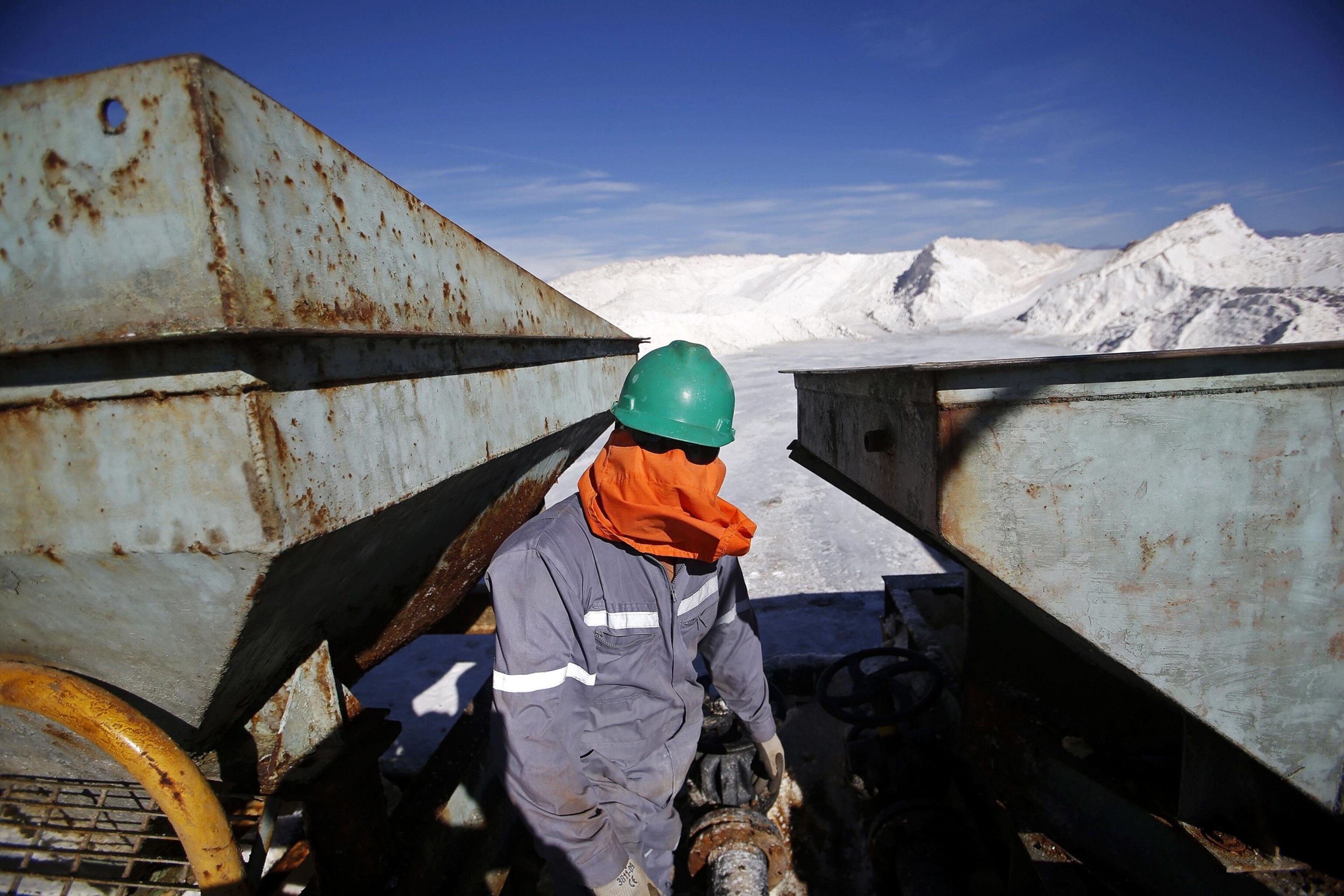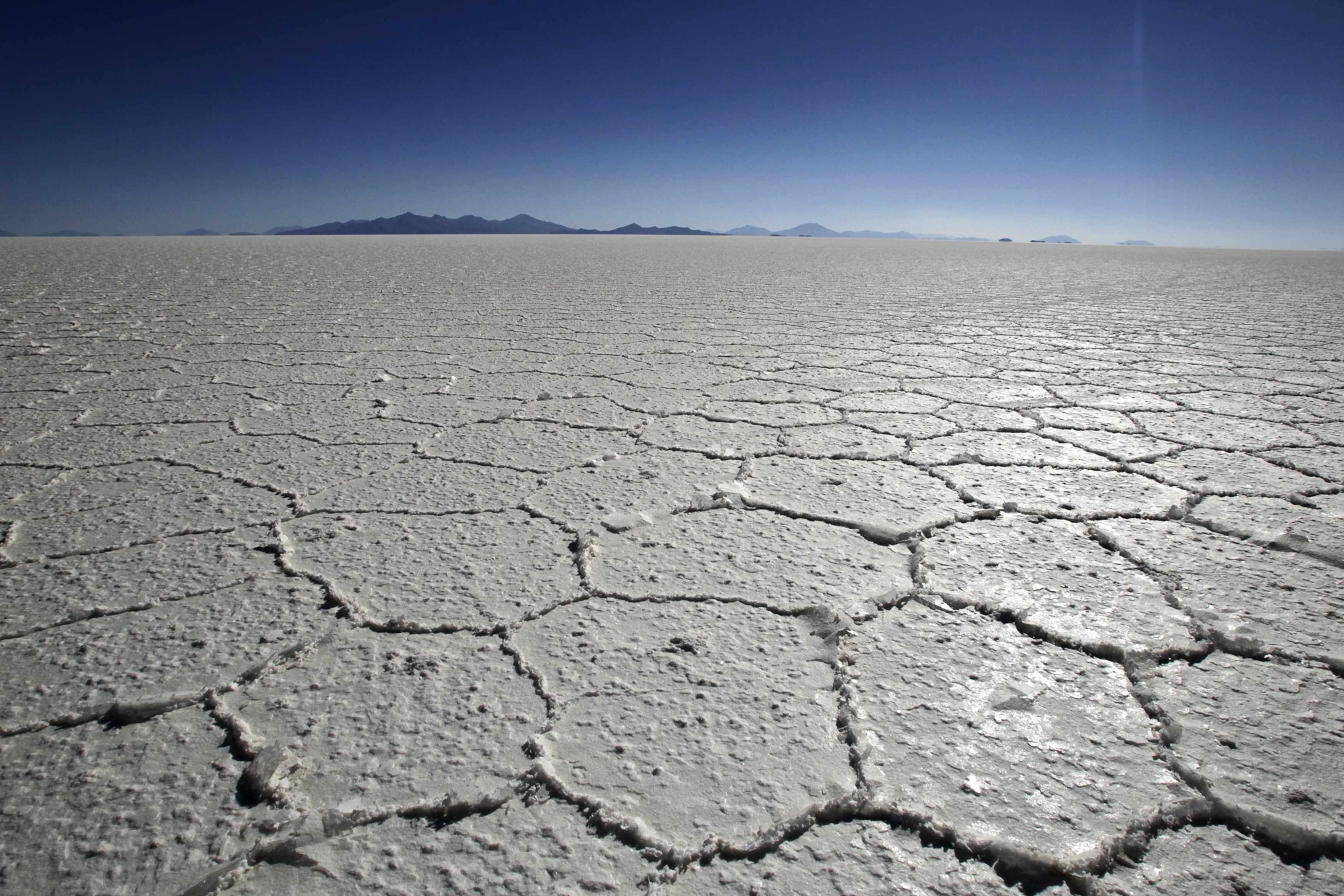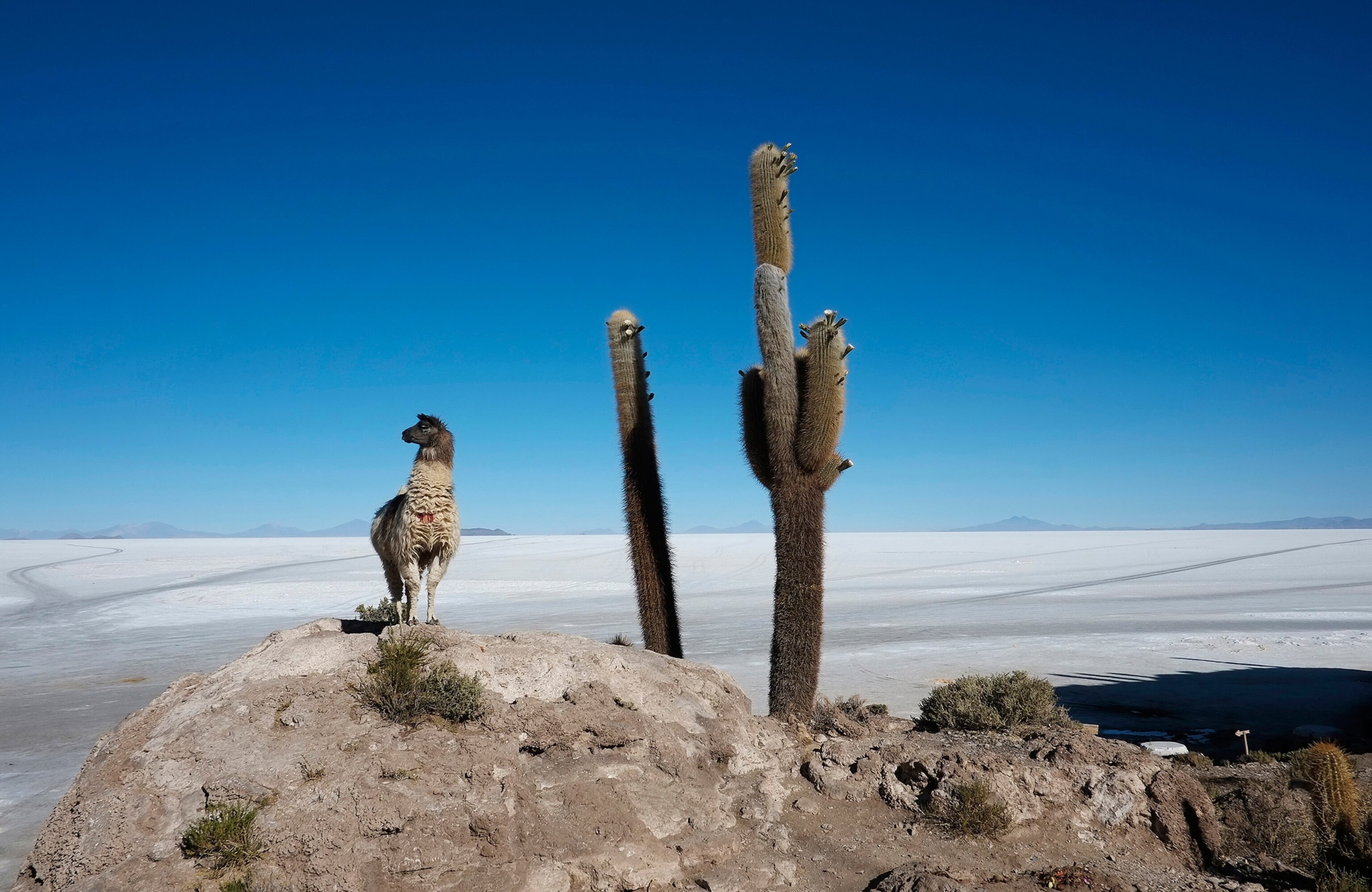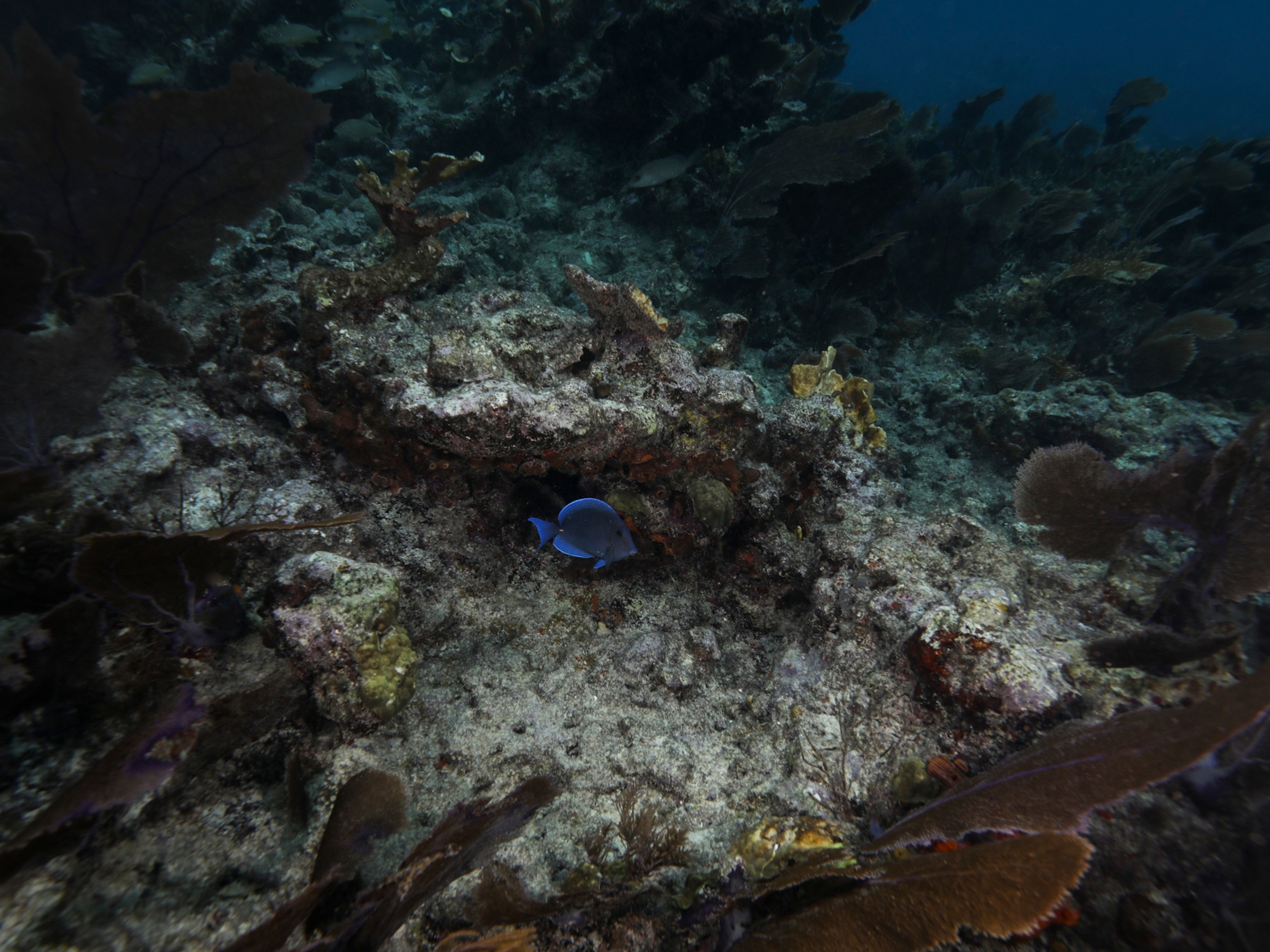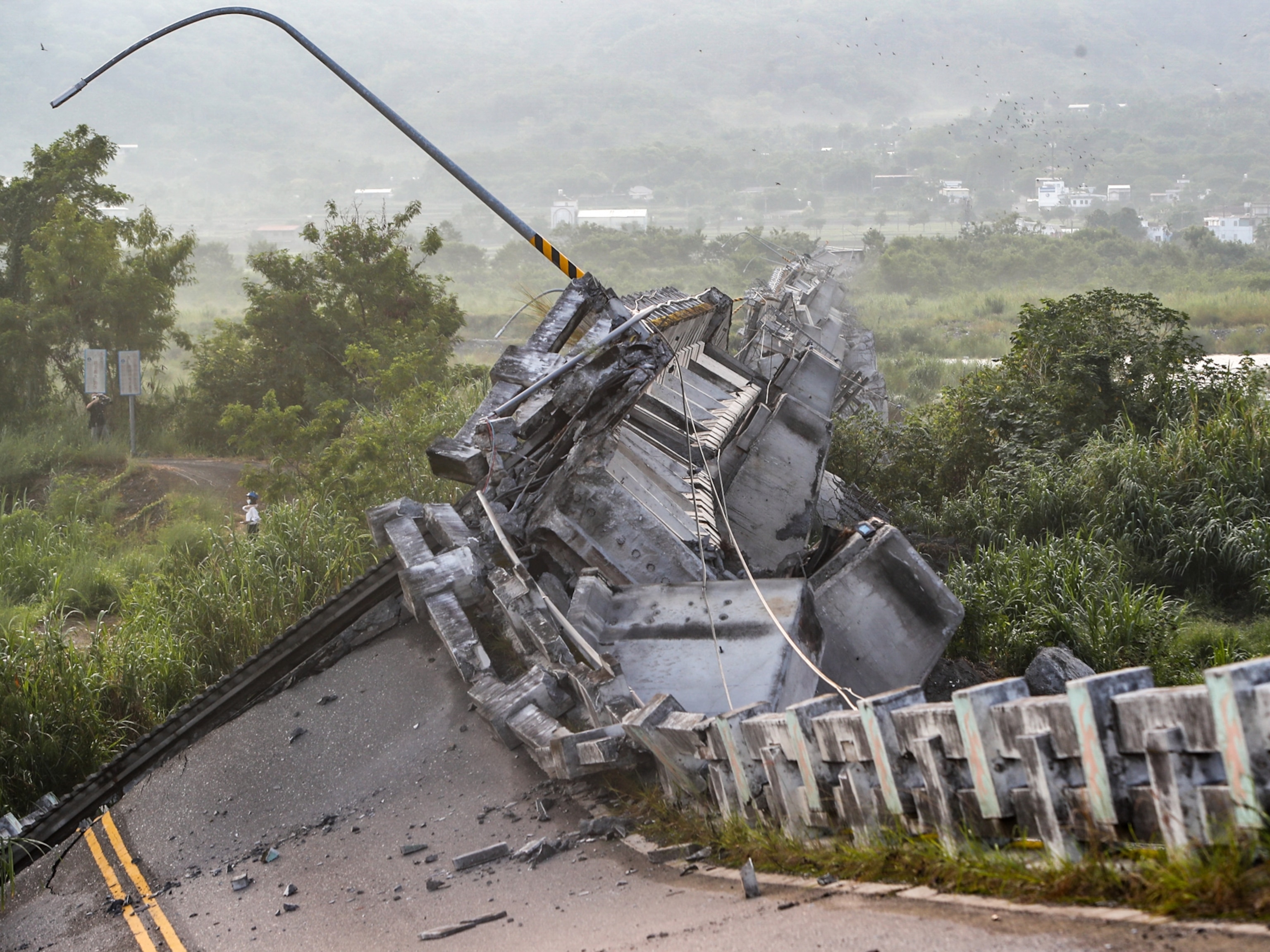Like a vast white lake, Bolivia's Salar de Uyuni reaches into the horizon as if to meet the matching clouds overhead. Here at the crest of the Andes lies the world's largest reserve of lithium—a potential wellspring of power for smart phones, computers, and electric cars at an altitude of 11,995 feet (3,556 meters). (See related photos: "Pictures: Bolivia Seeks Electric Car Future in Salt Flats.")Bolivia has begun its first major effort to tap its stores of this crucial battery ingredient, with the opening of a $19 million lithium-production plant in January. President Evo Morales has made natural resources a centerpiece of the country's economic development plan. Yet despite a projected rise in global lithium demand, Bolivia watchers say the country faces numerous barriers to extracting this wealth—and not just the elevation.
Seasonal flooding in the Salar de Uyuni, paired with a lack of roads and other infrastructure, make the salt flats a difficult and expensive place to mine lithium, said David Mares, a Latin America energy expert at University of California, San Diego. The new plant "is a showpiece," he said. "It shows that Bolivia can create a factory, but it does not show they can get the lithium."—Joe EatonThis story is part of a special series that explores energy issues. For more, visit The Great Energy Challenge.
